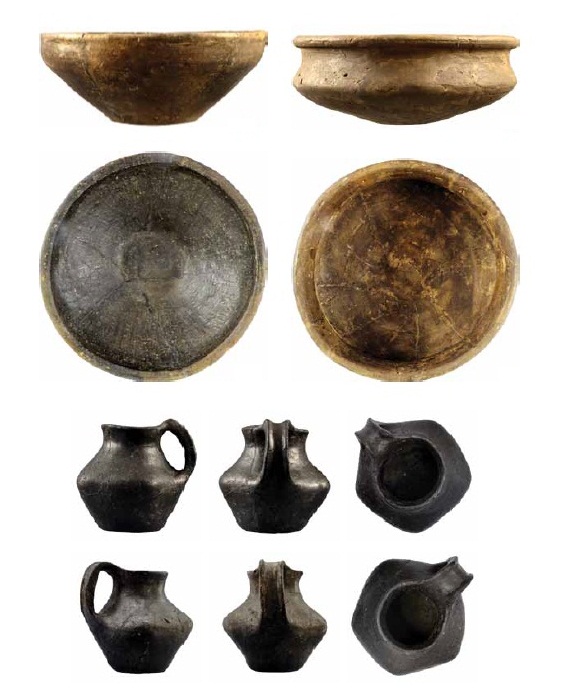UD: Sept. 2019
“Amongst the Celts the human head was venerated above all else, since the head was to the Celt the soul, centre of the emotions as well as of life itself, a symbol of divinity and of the powers of the other-world.”
(Jacobsthal 1944)
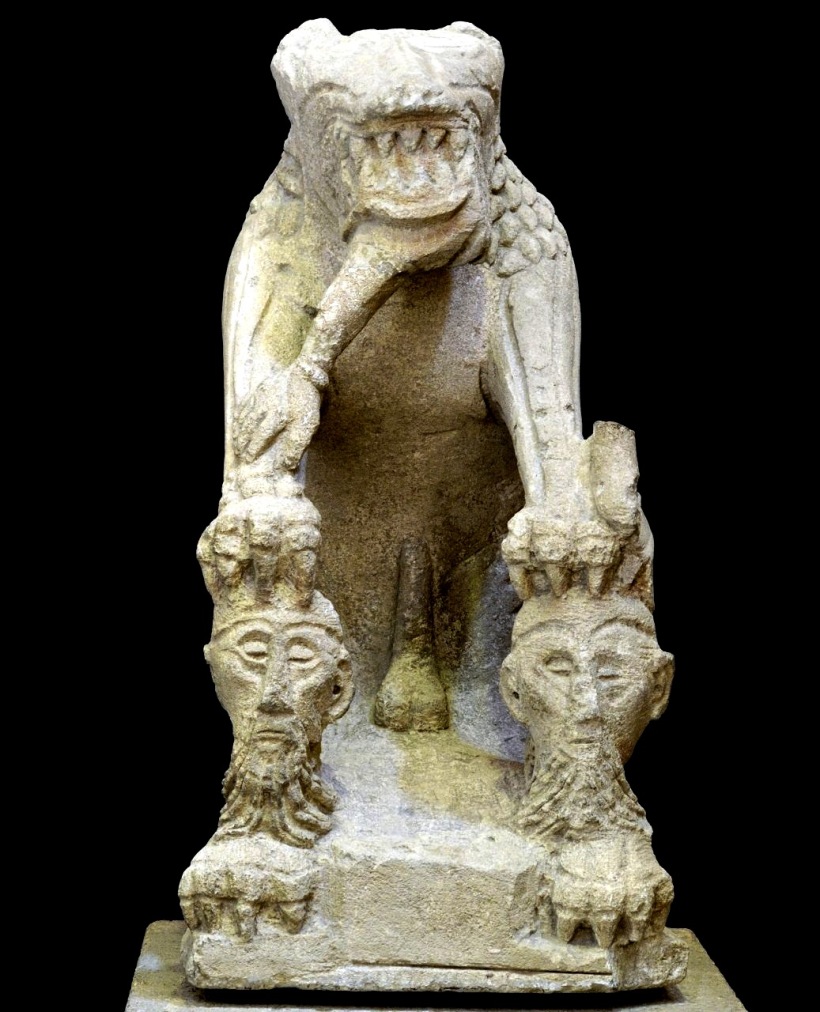
“… they hang the heads of their enemies from the necks of their horses, and, when they have brought them home, nail the spectacle to the entrances of their homes”.
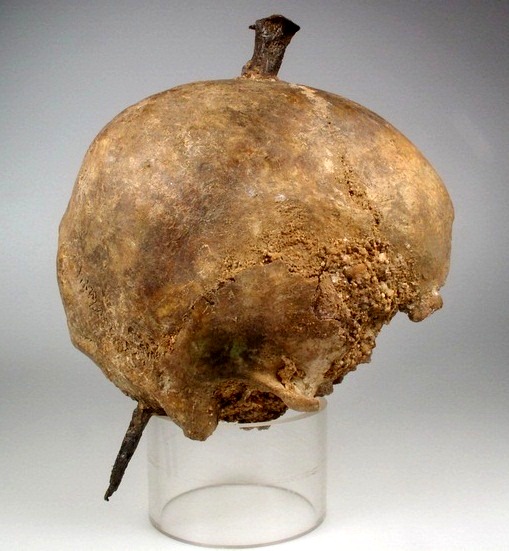
“Trophy Skull” from the Celtic settlement at Kobern-Gondorf (Rhineland-Palatinate), Germany
(1st c. BC)
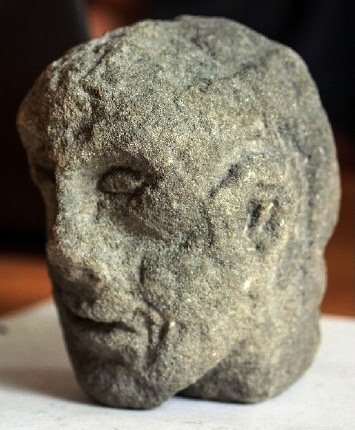
Human head (sandstone) discovered at the gate of the Celtic hillfort / oppidum at Závist in southern Prague. (Analysis has shown that the sculpture is complete, i.e. the head did not come from a statue). Such stone heads have been discovered in Celtic settlements and cult sites across Europe.
(2-1 c. BC)

Limestone sculpture from Mšecké Žehrovice in the Czech Republic
(1 c. BC)
In the year 1904 a rather strange artifact was discovered at an ancient burial site near the village of Deta (Timiş county), Romania. The ceramic head (0.30 – 0.35 cm in height) represents a bald male with neither facial hair nor eyebrows, a straight nose and a pointed chin (fig. 1).

Fig. 1 – The Deta Head
(after Rustoiu 2012)
Initially interpreted as part of a statue, and identified as ‘Prehistoric’ and ‘Bronze Age’, it has subsequently emerged that the Deta head, now dated to the late Iron Age (LTC1), comes from a Celtic kantharos of the ‘Danubian Type’, and represents one of many such Celtic anthropomorphic decorative elements / artifacts from this period recorded in south-eastern Europe.
The Danubian kantharoi represent a ceramic category adopted by the eastern Celts from a range of vessels specific to the Mediterranean region, and appear to have had special religious functions. 3 main types of Celtic kantharoi developed during this period (LTB2 – C1) – the 1st type consisting of close copies of Hellenistic originals, the 2nd type resembling local bowls to which 2 handles were added, and a 3rd type of large bi-truncated vessels, also with added handles (loc cit).


Fig. 2 – Celtic kantharos with anthropomorphic decoration from Blandiana, Alba County, Romania
(after Rustoiu, Egri 2010)
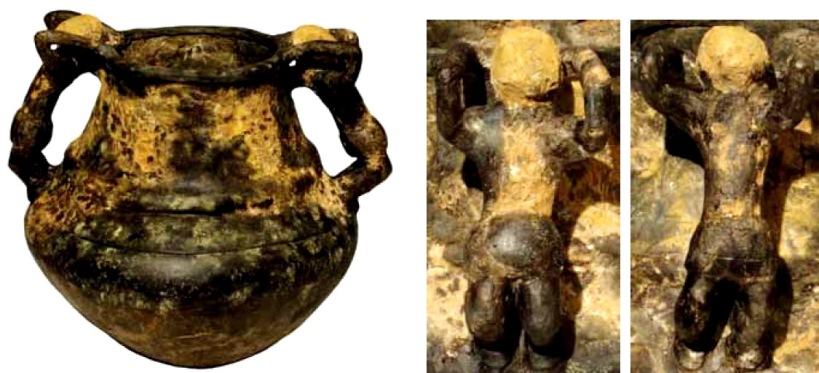
Kantharos with anthropomorphic handles from a Celtic warrior burial (#149) at Csepel Island, Budapest
(3rd c. BC)
https://balkancelts.wordpress.com/2015/01/24/celtic-budapest-the-burial-complex-from-csepel-island/
Variants of such vessels continued to be produced by the Balkan Celtic population right up to the Roman conquest at the end of the 1st c. BC, as has recently been confirmed by examples such as that used as a funeral urn in the female Celtic burial (#10) at the Bratya Daskalovi site (Stara Zagora region) in south-central Bulgaria which has been dated to the late 1st c. BC (Tonkova et al 2011). Such kantharoi, dating to the late 2nd/ 1st c. BC, have also been recorded at cult centres in Thrace, such as that at Babyak in the western Rhodope mountains of s.w. Bulgaria. At the latter site the kantharoi, along with other artefacts including metal objects and zoomorphic cult firepots, were ritually ‘killed’ in the typical Celtic fashion.
Other Celtic vessels with anthropomorphic decoration from s.e. Europe include examples such as the kantharos from burial #23 at Belgrad-Karaburma, and vessels from Kósd, Kakasd, Csepel Island, Balatonederics, Rogvágy, Levice, Blandiana, etc. The Deta head has particularly close stylistic parallels in 2 heads from vessels discovered at Kósd (Hungary) and a head from a limestone stele discovered at Ciulniţa (Romania), while the stone ‘Janus’ heads from the Roquepertuse site in the Provence-Alpes-Côte d’Azur région of southern France bear distinct similarities to these eastern Celtic examples (Rustoiu op cit.).
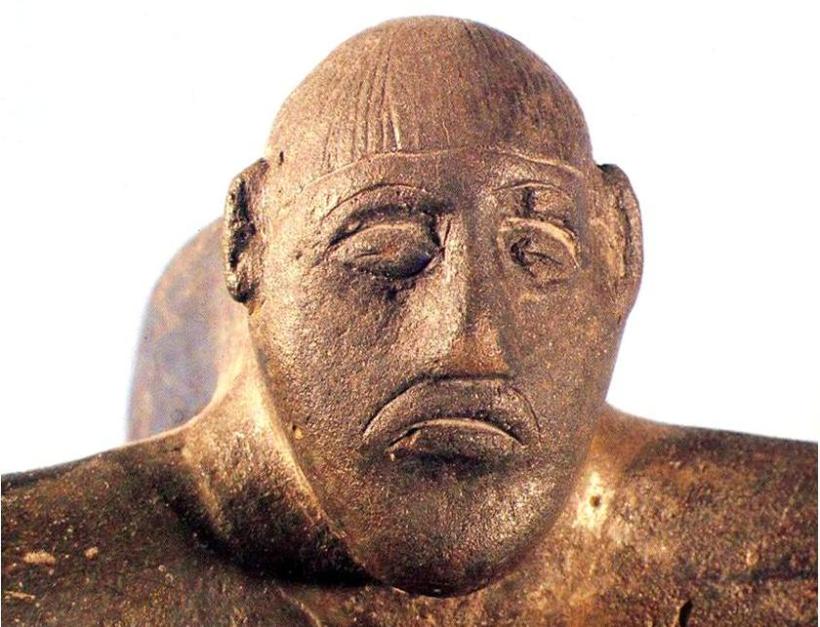
Upper end of handle on a pot from Balatonederics (Hungary) – 3rd c. BC
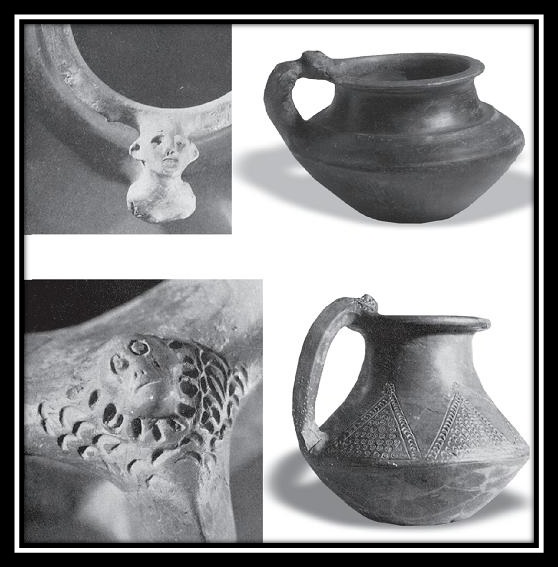
Fig. 3 – Anthropomorphic representations on the beakers from Kósd
(after Rustoiu 2012)
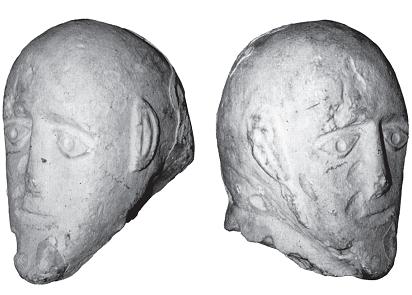
Fig. 4 – Head from a Limestone stele from Ciulniţa
(after Teleagă 2008)
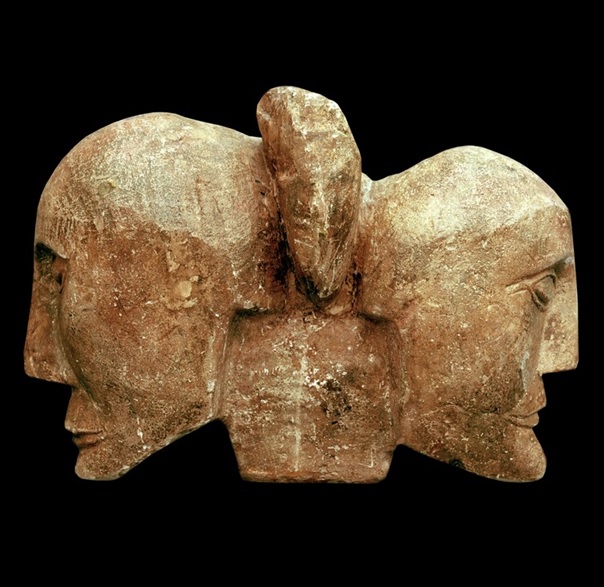
Fig. 5 – ‘Janus’ Heads from Roquepertuse

The two-faced pre-Christian deity on Boa Island (Fermanagh), Ireland
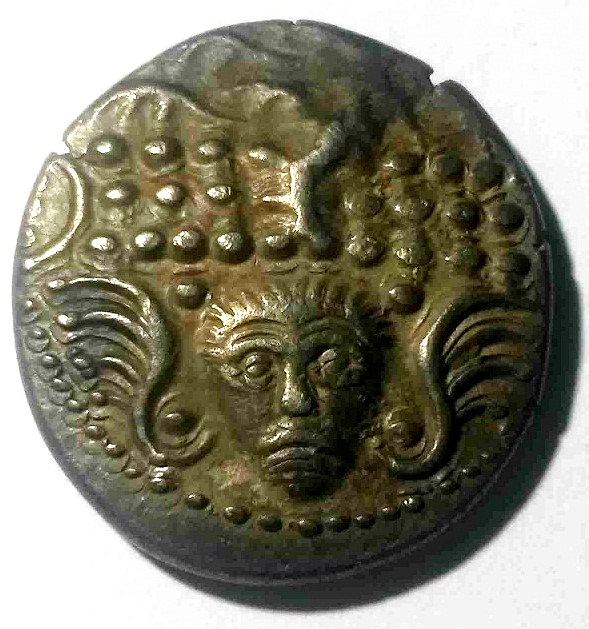
Winged head on the obverse of a Celtic tetradrachm from western Hungary (late 2nd c. BC)
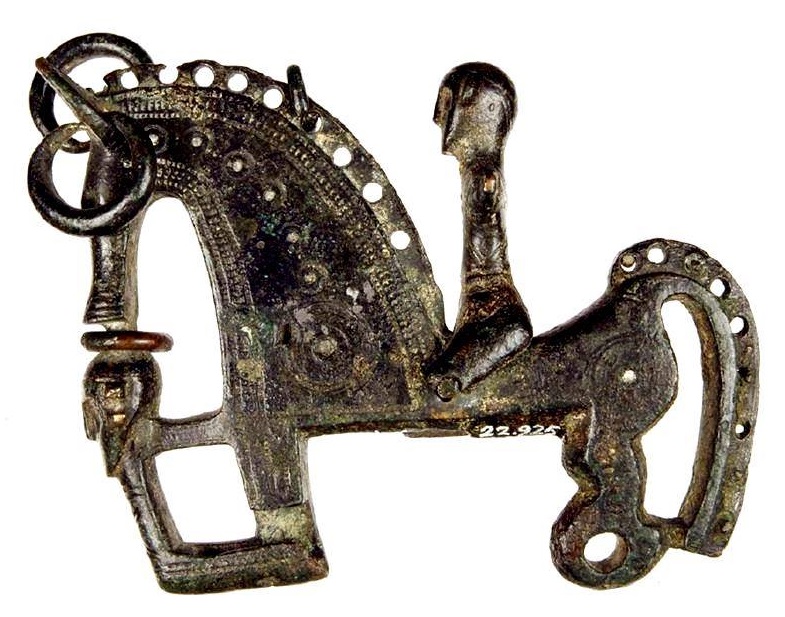
Bronze Celtiberian fibula from Lancia/Villasabariego (Castile and León), Spain. Note the decapitated head below the horses face.
(3/2 c. BC)
Further stylistic analogies to the aforementioned ceramic heads from Deta, Kósd, and the stone head from Ciulniţa have been identified (Rustoiu 2012) in a gold ‘Janus’ head pendant from the Schumen region of north-eastern Bulgaria, and a ceramic head dated to the same period (late 4th/ 3rd c. BC) from Seuthopolis in the so-called ‘Valley of the Thracian Kings’, as well as in the glass ‘face beads’ which became common in eastern Europe during the same period (loc cit; fig. 7 – 9).
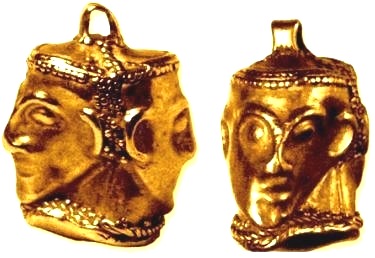
Fig. 6 – Gold Celtic ‘Janus Head’ pendant from Schumen region, north-eastern Bulgaria
(3 c. BC)
https://balkancelts.wordpress.com/2018/04/06/%ce%ba%cf%8c%cf%81%ce%b1%ce%bb%ce%bb%ce%bf%ce%b9-the-celts-in-eastern-bulgaria/
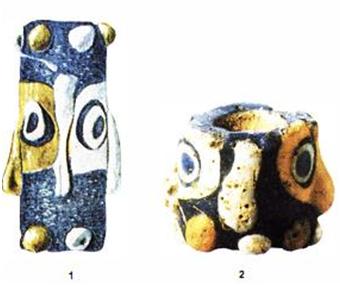
Fig. 7 – Celtic ‘Face Beads’ from Romania
1: Mangalia 2: Pişcolt
Such glass ‘face beads’ have been unearthed in recent years during excavations at a number of sites in Bulgaria, such as Mogilanska Tumulus (Vratza region), Appolonia Pontica (Sozopol), Mavrova Tumulus (Starosel, Plovdiv region), Burgas, Kavarna (Dobruja region), etc.

Fig. 8 – Glass ‘Face Bead’ from Mogilanska Tumulus (Vratza region, Bulgaria)
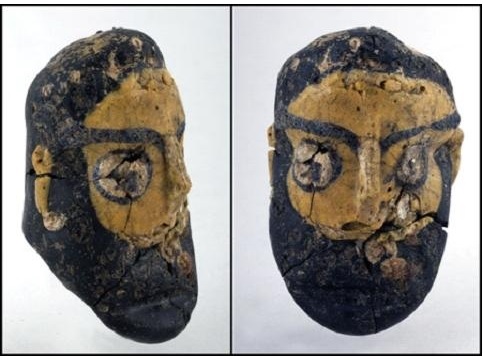
Fig. 9 – Glass ‘face bead’ from Mavrova Tumulus (Starosel, Plovdiv region, Bulgaria)
https://balkancelts.wordpress.com/2013/02/04/the-celtic-evil-eye/
Previously ascribed to contact between the Hellenistic areas and the Celts of the Tyle state in eastern Bulgaria (Szabó 2000:11), it has subsequently emerged that in fact these appear earlier in the Celtic environment, as has been conclusively proven by examples discovered in burials # 191 and 202 (LT B1) or # 1, 16, 191, and 194 (LTB2) from Piscolţ in Romania (Rustoiu 2012).

La Tarasque de Noves. Anthropophagous statue from Noves in the Bouches-du-Rhône, France.
A dismembered limb hangs from its snarling mouth, and clutched in each front claw is a human skull. The statue is attributed to the Cavares tribe (/tribal federation), meaning “The Giants”.
(1st century BC)
Bronze applique in the form of a human head from a Celtic chariot burial at Roissy (Val-d’Oise), France
(3rd c. BC)
Literature Cited
Jacobsthal P. (1944) Early Celtic Art. Oxford
Rustoiu A., Egri M. (2010) Danubian Kantharoi – Almost Three Decades Later. In: Iron age Communities in the Carpathian Basin. Proceedings of the International Colloquium from Târgu Mureş, 9-11 October 2009.Cluj-Napoca 2010. P. 217-287
Rustoiu A. (2012) The Ceramic Human Head from Deta (Timiş County). About the La Têne Vessels with Anthropomorphic Decoration from the Carpathian Basin. In: Analele Banatului, S.N., Arheologie-Istorie, XX, 2012. Pp. 57-72
Teleagă E. (2008) Griechische Importe in den Nekropolen an der unteren Donau. 6 Jh. – Anfang des 3 Jh. v. Chr., Marburger Studien zur Vor- und Frügeschichte, Bd. 23, Rahden/Westf.
Тonkova, Gotcheva (2008) = Тонкова, М. и Гоцевa A.. Тракийското светилище при Бабяк и неговата археологическа среда. София
Tonkova et al (2011) = Трако-римски династичен център в районна Чирпанските възвишения Тонкова M. (ed.) София
Mac Congail


